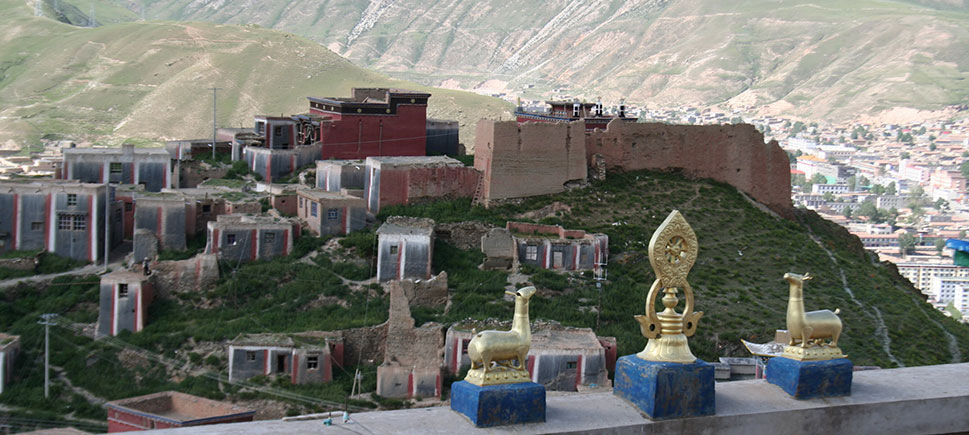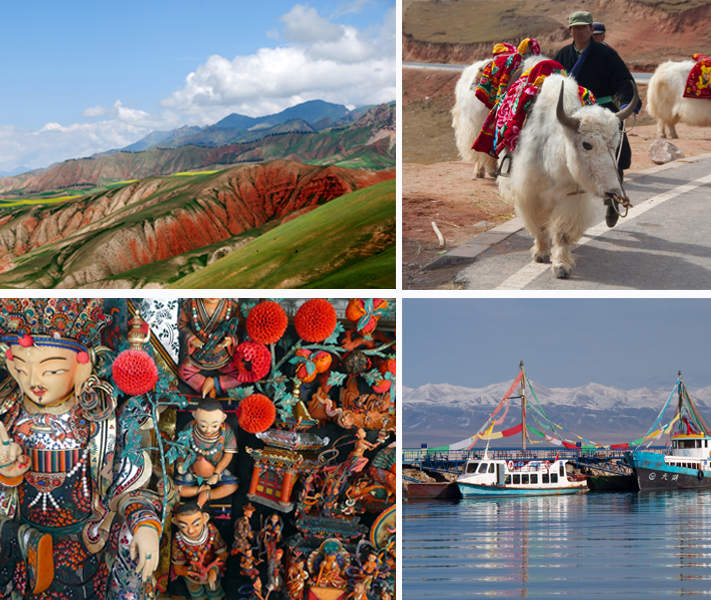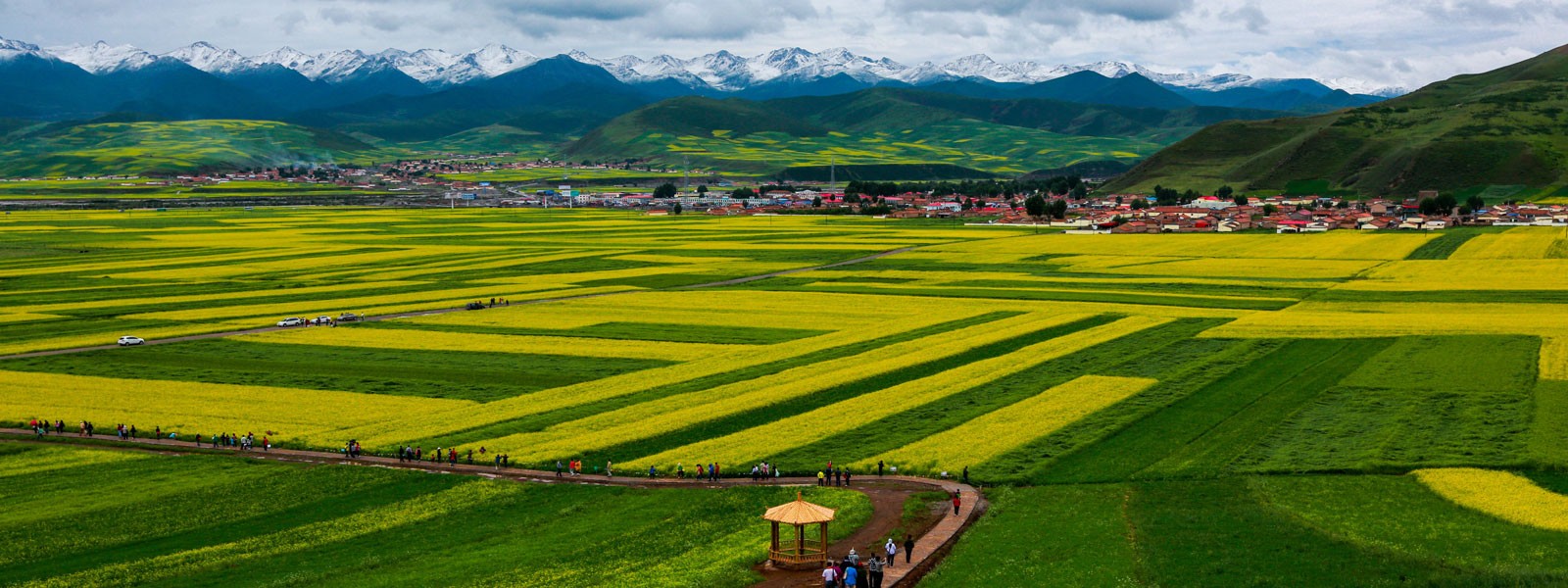
Introduction
Qinghai, the desolate, vast but amazing barren, has many unscathed places are lesser-known by outsiders. Over the years, Qinghai is often stopover by travelers on their way to Tibet or neighbouring Sichuan, but is overlooked this is such beautiful land that deserves a step back in time for some explorations of traditions and of unblemished natural beauty.
Qinghai, larger than any European country, occupies a massive swathe of the northeastern chunk of the Tibetan plateau. This is a fascinating region home to diverse ethnic cultures including Tibetan, Muslim, Mongol, Tu, Salar and Han. The source of China’s two major rivers originates in the province, the Yellow River and the Yangtze River, the two great streams that nurtured Chinese civilization. The Mekong River rises here too. It was also home to the Tibetan historical region of Amdo, once covered across the present some parts of Qinghai.
No words could properly portray out the grandeur and the beauty of Qinghai. Here, the widely varying geographic locations often present the distinct landscapes that often convert so fast even as soon as you climb over a pass. The scenes of the province always render a land of marvel and diversity, the large icy peaks soaring over sparkling lakes and great rivers, yaks are herded by Tibetan and Mongolian nomads whom camp out across the high-altitude grasslands, the magnificent monasteries set amidst emerald green hills or harsh rock mountains, and the Gobi desert dunes may come out through shiny salt fields, while flocks of rare birds and wild mammals dot this bold highland.
Travelling around such rough and wild plateau is the interesting chance to discover some of the more remote communities of China’s ethnic minorities that has inhabited Qinghai for generations and has borrowed from and influenced one another. Qinghai is ethnically mixed - over 37 recognized ethnic groups could be counted in the province, Han, Hui, Kazakh, Mongolian, Tibetans, Tu and Salar are the populous groups. Over the centuries, this intermingling is reflected in cultural blends of the minorities that it is now already difficult to discern their original ethnicity. Most of the Amdo Mongols in Qinghai have become highly Tibetanised and, the Han and some Salar are more devoutly Buddhist and influenced by Tibetan customs, while the Tibetans may not speak Tibetan and are more integrated into mainstream Chinese or Muslim culture.

All these ethnic interactions have brought the cultural explosion and fusion in Qinghai including artistic and religious fields. Rebgong Art, is the remarkable one. Some of the Tibetan world’s best thangkas (Tibetan painting art) and painted statues are originated in this small town of Tongren (Rebgong in Tibetan) that form treasures of Tibetan culture legacy. Those who believe Tibet should be the only place to experience the Tibetan cultures are thought to be improperly. As the part of historical Amdo and Kham, Qinghai remains some impact Tibetan Buddhist monasteries including Kumbum Monastery near Xining, and many hidden Gompas in far remote corners, you even could learn the rare Buddhist hat of Jonang. Qinghai is also the birth place of the 14th Dalai Lama, the 10th Panchen Lama, and the great reformer of Tsongkhapa. Owing to Qinghai’s co-ethnics demographic mix, Taoist temples and Muslim mosques are commonly found around the province.
In 2006, the high-elevation Qinghai-Tibet railway started to open to traffic, connecting Xining, Qinghai Province, to Lhasa, Tibet TAR. The train starting town of Xining therefore becomes never so busily and lively. But, the train and Xining does not mean all. Try to turn around and take the off-the-beaten track travel for more places in the middle-of-nowhere Qinghai, you will find the decision you made is what a well-worth doing!


